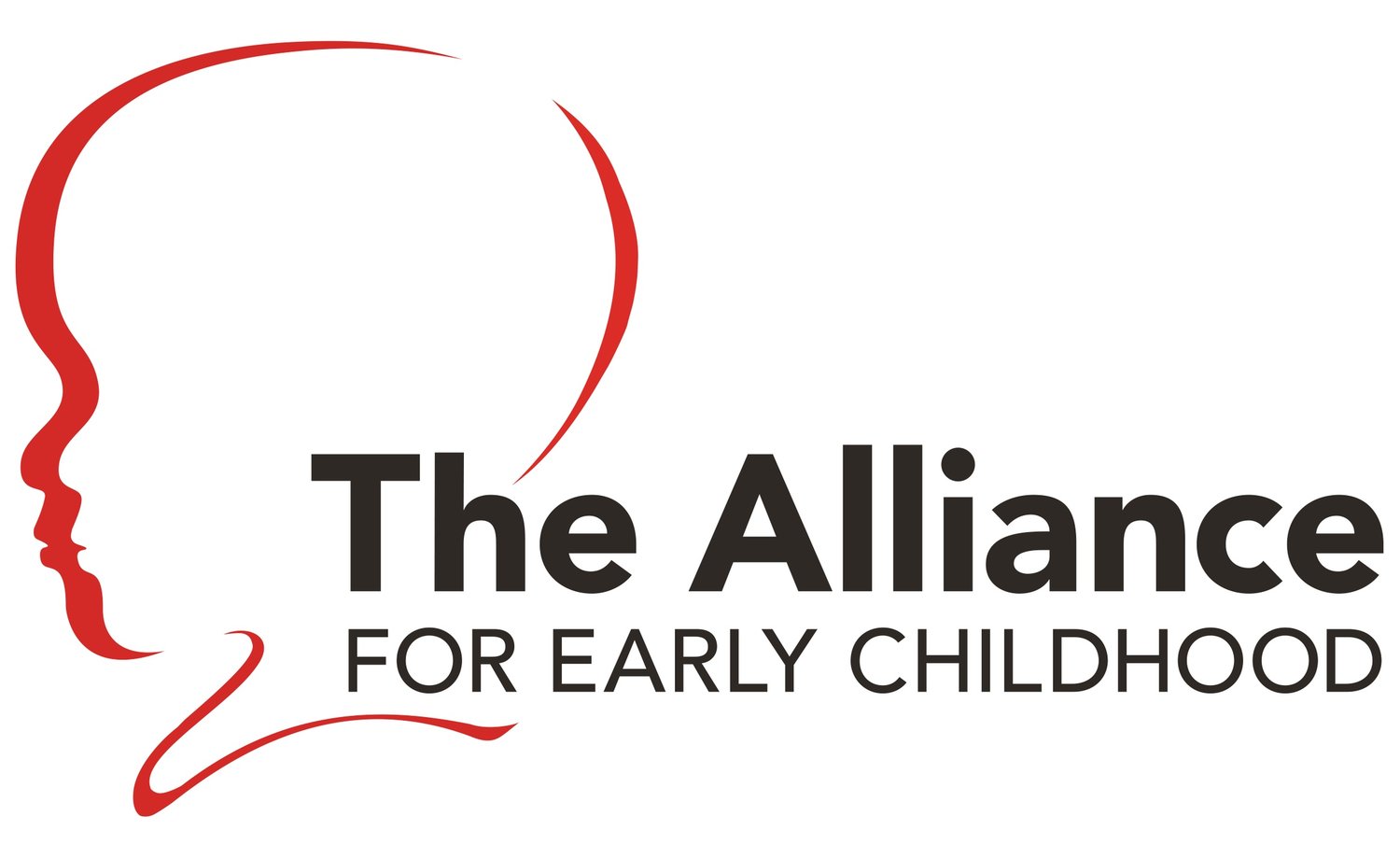Documenting Early Friendship: Reflections on Process
Ron Grady, M.S. Ed.
We all know that relationships are at the heart of early childhood work. Relationships provide a sense of stability, security, and belonging to the children in our classrooms, and, furthermore, are a crucial part of children’s experiences of wellbeing as measured in-the-moment and beyond. Relationships are everything, and children’s relationships with their peers take on a particular significance.
Understanding how friendship looks in communities of young children in particular has the potential to inform and invite educators and adults to refine and perhaps even to reimagine the ways that they frame what children need. Children are always communicating, and attuning to their perspectives and insights through lived experiences, art, play, and the narratives communicated in and about each of those, can yield valuable insights into the ways that our environments are supporting—and could do more to support!—them as they move toward their goals.
The How: Observation.
Observation is at the very heart of the work we do as educators, teachers, and others working with and for young children and is the root of any documentation practice.
Observation is an act of looking that cultivates, builds upon, and integrates knowledge and awareness of children and their lives (and ourselves). In observing, we acknowledge that there is something valuable that takes time, patience, and intention to see. Through this intentional gaze we find ourselves face-to-face with three sacred invitations:
We are invited to see: The richness of children’s lives.
We ask, in response: Where are children engaging with the world in ways I expect? In ways I don’t?
We are invited to see: The invitation to know children as human beings with their own desires and ends.
We ask, in response: Who are children on a human level, beyond the things we need to measure?
We are invited to see: Ourselves and our contexts, noting how our positions in the world inform what we see, think, and expect.
We ask, in response: What do I think about children and their relationships?
An Intentional Gaze: Documenting with Purpose.
Knowing what, when, where, how, and why one documents is also crucial. The reality is, however, that there are many, many ways and reasons. The most important thing is that your gaze is intentional. I tend to focus on a few arenas in my documentation work: the mundane, which includes children’s daily lives, conversations, and interactions, as well as their play and their art. All of these capture some element of the ways a child is relating to others.
Documenting the marvelous mundane.
Photograph broadly and widely. This is less about quantity and more about situations that you may not otherwise think meaningful—the overlooked everyday. When documenting relationships, patterns and trends will likely become evident only over time. Gathering snapshots of children’s everyday moments in community will, over time, leave you a substantial visual archive.
Documenting the downs and the ups.
Document and collect artifacts that center challenge, difficulty, and disagreement. If we never allow children opportunities to revisit their disagreements, we deprive them of the chance to reflect on processes through which they might repair and, what’s more, to express and sit with the genuine difficulties and frustrations of relationship. We needn’t document only the challenge, however—we can also document moments of joy, especially exceptional acts of kindness and acer. Each of these downs and ups are valid and valuable.
Collaborative Documentation.
Ideally, children will be invited into the process of documentation. Whether this involves taking pictures or recording video or if it involves drawing, making marks, or if it centers on some other form of visual expression, sharing their perspectives on relationship in ways that become publicly available to the classroom community is an effective and honest way of bringing children’s voices directly into the center of discourse.
Idea 1: Let them take the pictures!
One of my favorite things to do is to give children a camera and let them photograph things that are meaningful to them. This work, inspired by numerous researchers and practitioners never fails to engage and excite children. Put simply: They love it!
Idea 2: Get drawing!
Drawing and talking together is, in addition to being fun, an awesome way to gather children’s ideas in a setting that, depending on the child of course, can feel low-pressure. As the child (or group of children) draws, you might listen in and ask them to tell you about their work. In this way, children’s stories can develop, grow, and change in real-time, allowing you to follow, closely, the threads of their thinking..
Who is this for? The perpetual question.
The goal of all of this close attention and documentation is to collect children’s understandings as well as invite children into the reflective practices that, we all know, are so deeply beneficial to human understandings of self and community.
The primary audience for our documentation is the children! Yes, it enriches our discussions with our colleagues, and yes, it introduces families and caregivers in new ways to their children’s social worlds. However, more than anything, we document so that the children we work with see themselves honored, valued, and appreciated.
Furthermore, re-presenting documentation to children allows them to redirect our attention to / refine our understanding of what happened. The children become our colleagues, our partners in the work of understanding not only their own relationships, but also in understanding deeper realities of human relationships broadly.
Overall, I invite you into a stance of curiosity and appreciation. The lives children lead and the relationships that they form are rich and beautiful. By redoubling our commitment to listen to them, to create space for their voices and lived experiences to shine through in and to inform our thinking about what meaningful relationships are, we move one step closer to co-creating spaces grounded in warmth, affection, transformative appreciation, and love.
